It’s always tricky to call something the first of any particular musical genre or movement. Styles tend to overlap subtly into other styles, creating something new. There’s usually no definitive starting point that clearly beat all others to the punch.
Videos by American Songwriter
In the case of Americana music, however, several albums certainly stand out as building blocks for the genre. Here are five LPs where we can confidently say that, if any one of them didn’t exist, the genre might not have developed in quite the same way.
Blonde on Blonde by Bob Dylan (1966)
By 1966, the whole “Dylan Goes Electric” kerfuffle was mostly hype that wasn’t actually substantiated by the music Bob was making. Sure, there are a couple of wild raveups on the double album Blonde on Blonde. But much of the running time is devoted to songs of medium or slower tempo, driven by acoustic instruments and supported by subtle instrumental touches. Dylan recorded much of the album in Nashville, and the local session players give it a country lilt. Meanwhile, the lyrics to songs like “Just Like a Woman” and “Visions of Johanna” were far more incisive and untamable than your typical three-chords-and-the-truth approach.
Sweetheart of the Radio by The Byrds (1968)
The Byrds’ musical approach shifted drastically from album to album, in large part because their lineup was changing, with Roger McGuinn the one stalwart around which all the various other members rotated. With Gram Parsons and Chris Hillman—both of whom were steeped in the traditions of country music—in the fold, it made sense that they’d shift away from folk rock and psychedelia to a rootsier sound. It also helped that they covered two songs from Bob Dylan and The Band’s then-unreleased Woodstock material on the record, since those songs promoted a proto-Americana vibe as well.
The Band by The Band (1969)
The Band had already established themselves as an antidote to the psychedelic rock scene on their 1968 debut Music from Big Pink. They originally considered calling their second album America, so rooted it was in stories that were inextricably linked to the land and its history. Sometimes, it takes a bunch of outsiders to capture the feel of a place, as this group that was four-fifths Canadian did with the USA. That said, Levon Helm, born and raised in Arkansas, provides an essential local link with his lived-in vocals on songs like “The Night They Drove Old Dixie Down” and “Rag Mama Rag.”
John Prine by John Prine (1971)
It’s telling that four of the five albums on this list are sort of interconnected, with a through line including Bob Dylan, The Band, and Gram Parsons. That makes John Prine’s solo debut the one that comes out of nowhere, which is somehow fitting considering the unique real estate Prine immediately occupied in the music world. While the other albums on this list surely helped to define the sound of Americana, Prine, more than anyone else, defined its voice—a kind of homespun, aw-shucks eloquence that sounded like it came from the kitchen table and ancient bards all at once.
Grievous Angel by Gram Parsons (1974)
Released a few months after his 1973 death, Grievous Angel provided the summation of Parsons’ entire career’s worth of melding genres and sounds old and new into a wonderful hybrid. Grievous Angel also relied heavily on the backing vocals and musical influence of Emmylou Harris (so much so that Parsons actually wanted her credited with him on the record cover), and Harris’ status as an Americana icon is pretty much unparalleled. From the transformative cover songs to the twisty originals, Parsons had pretty much mastered this new genre right before leaving us.
Photo by Icon and Image/Getty Images

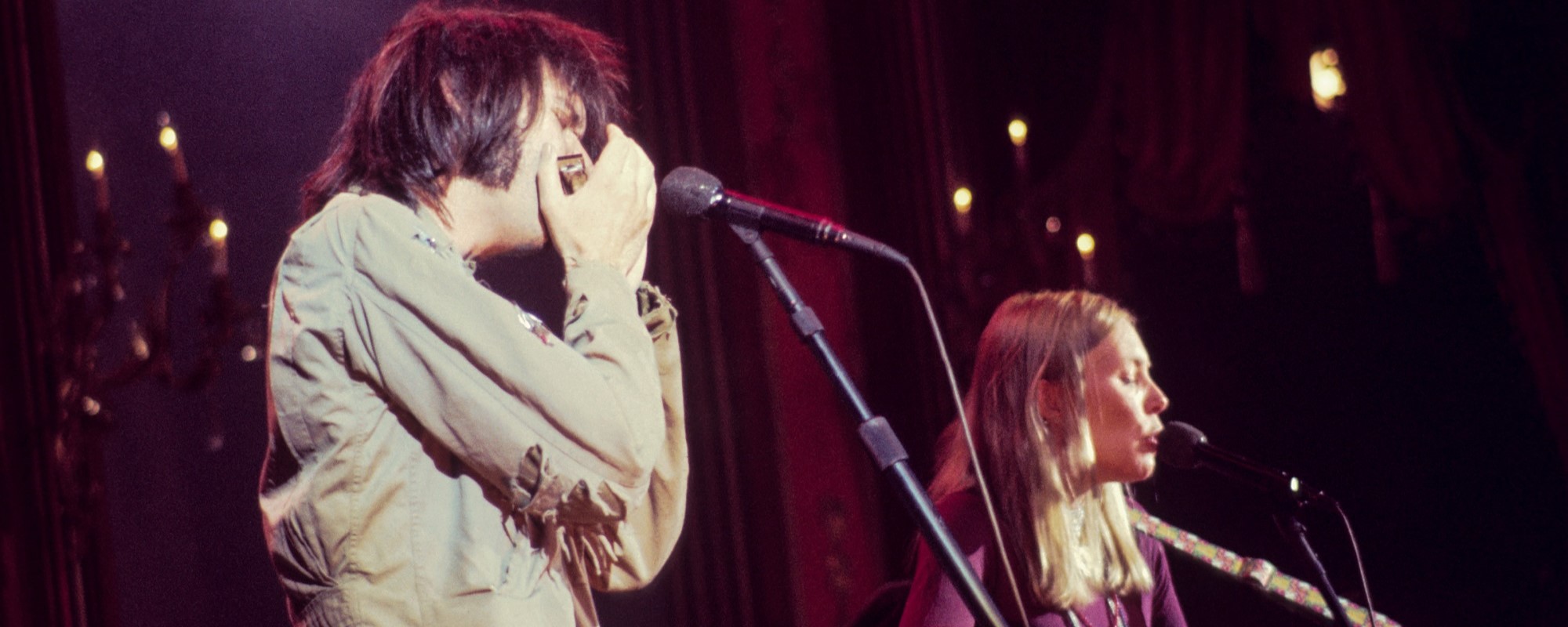
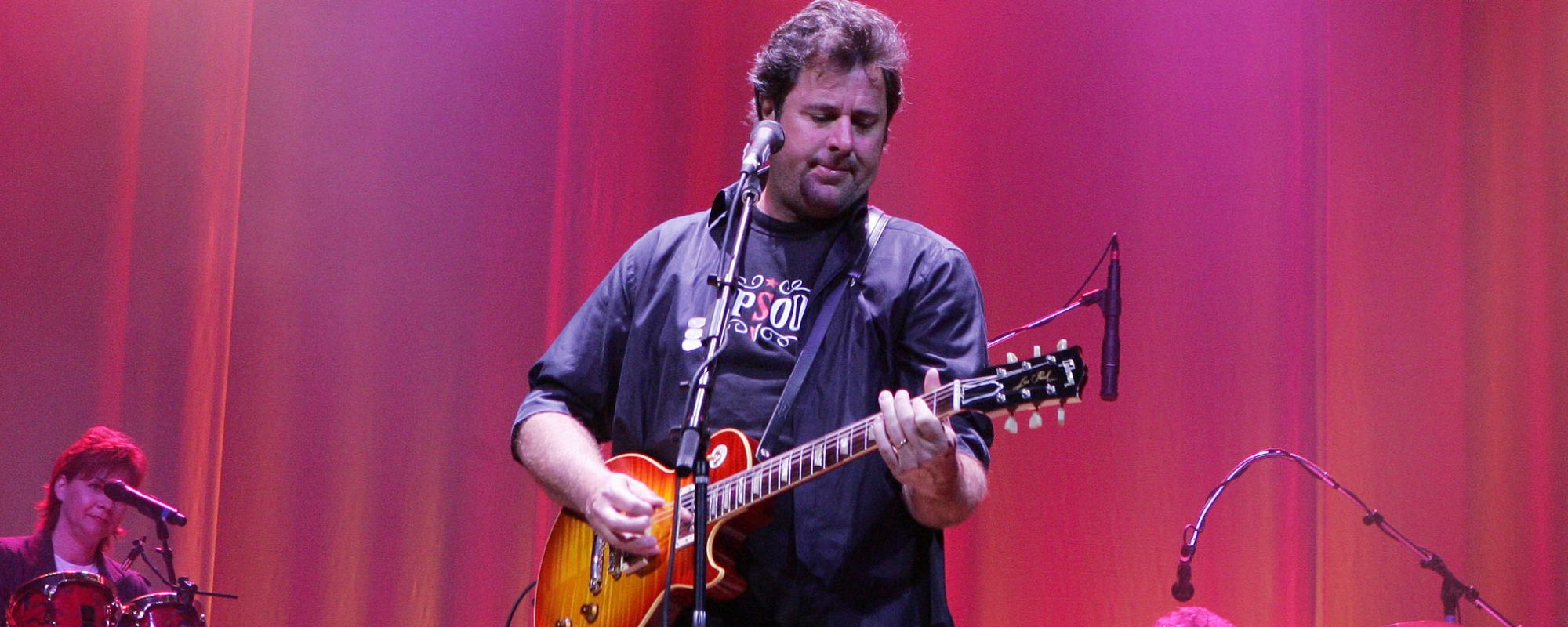
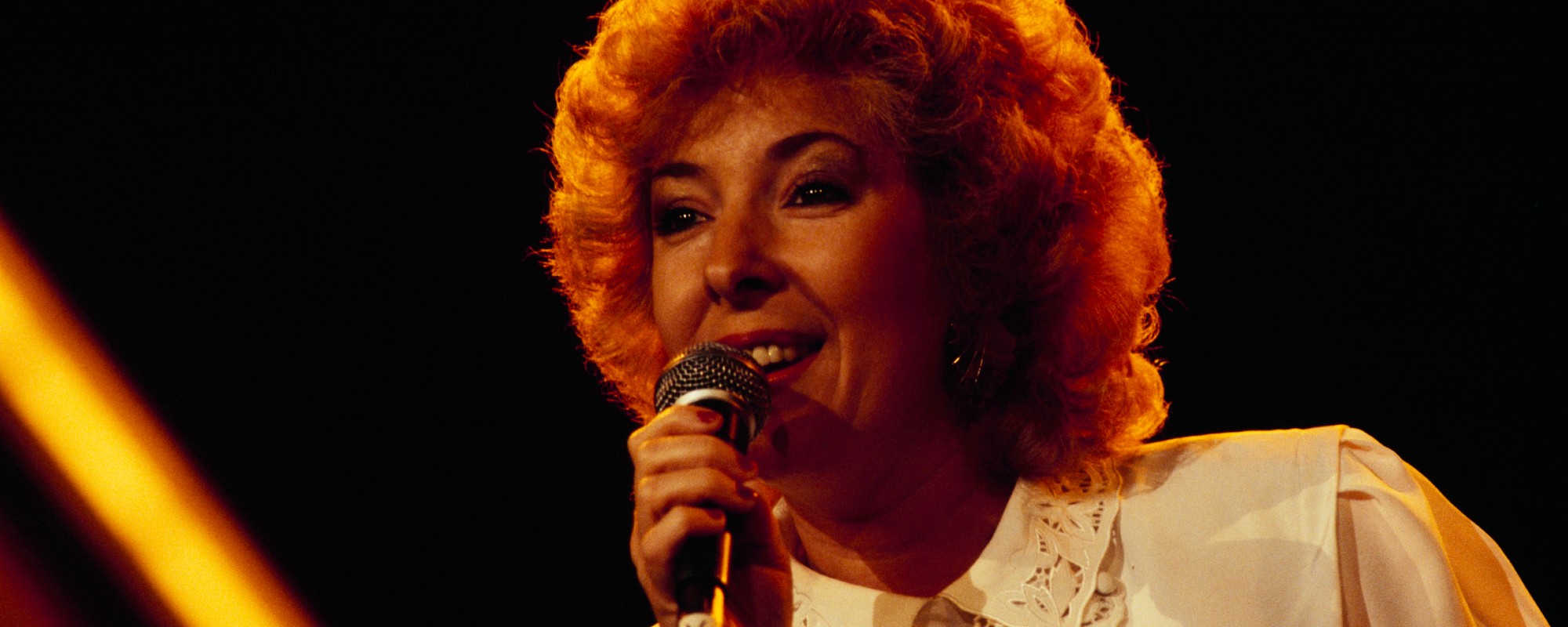
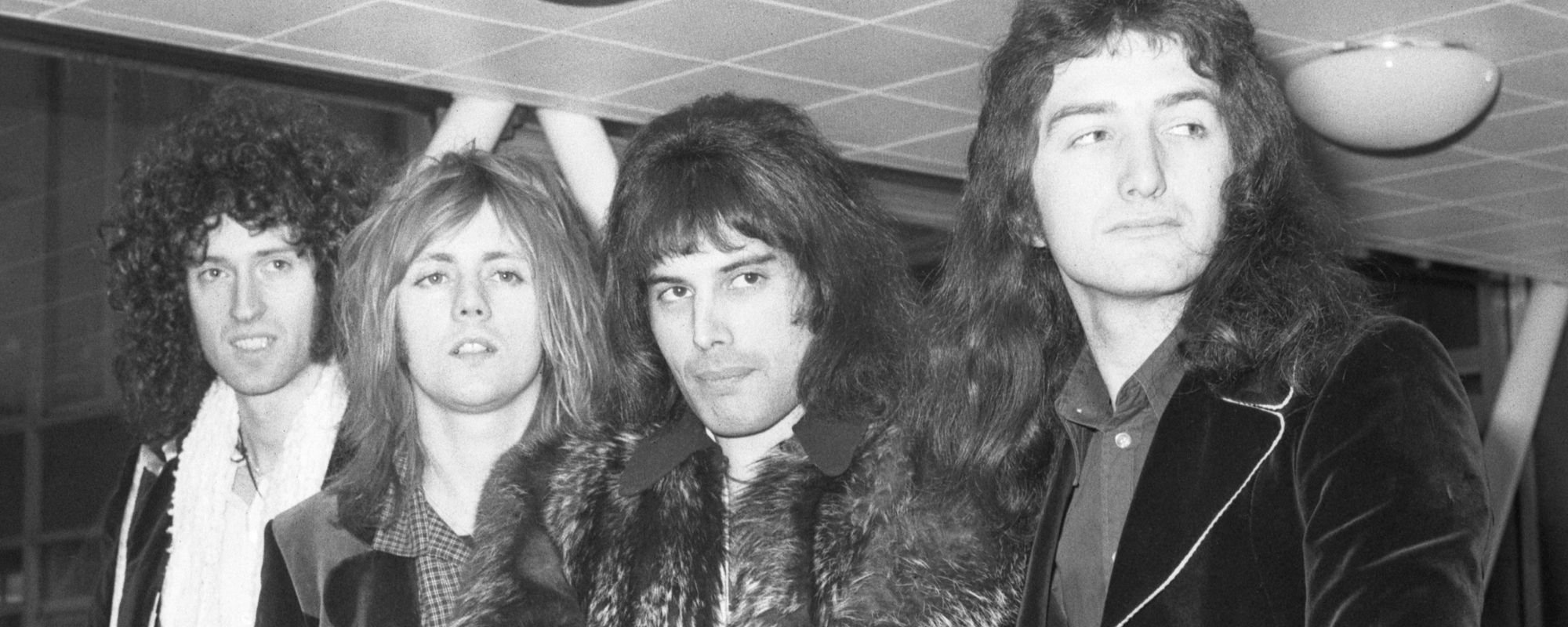
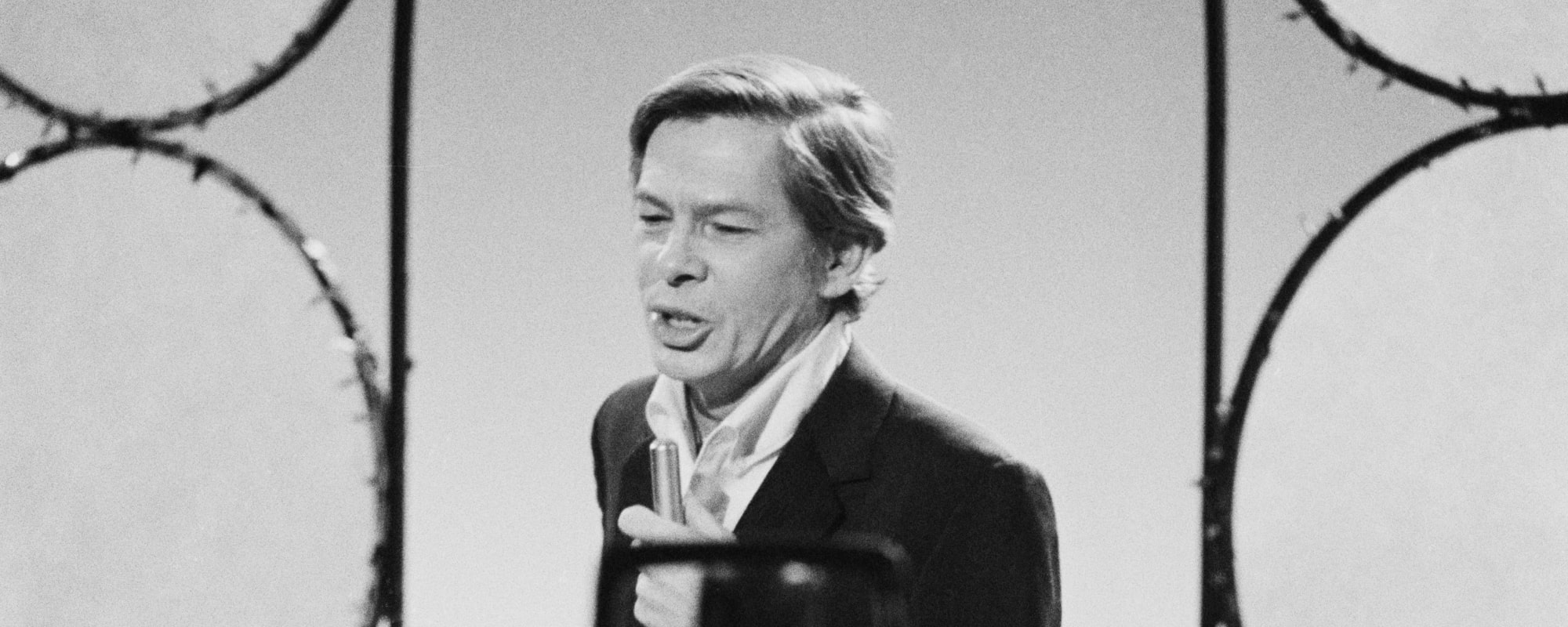


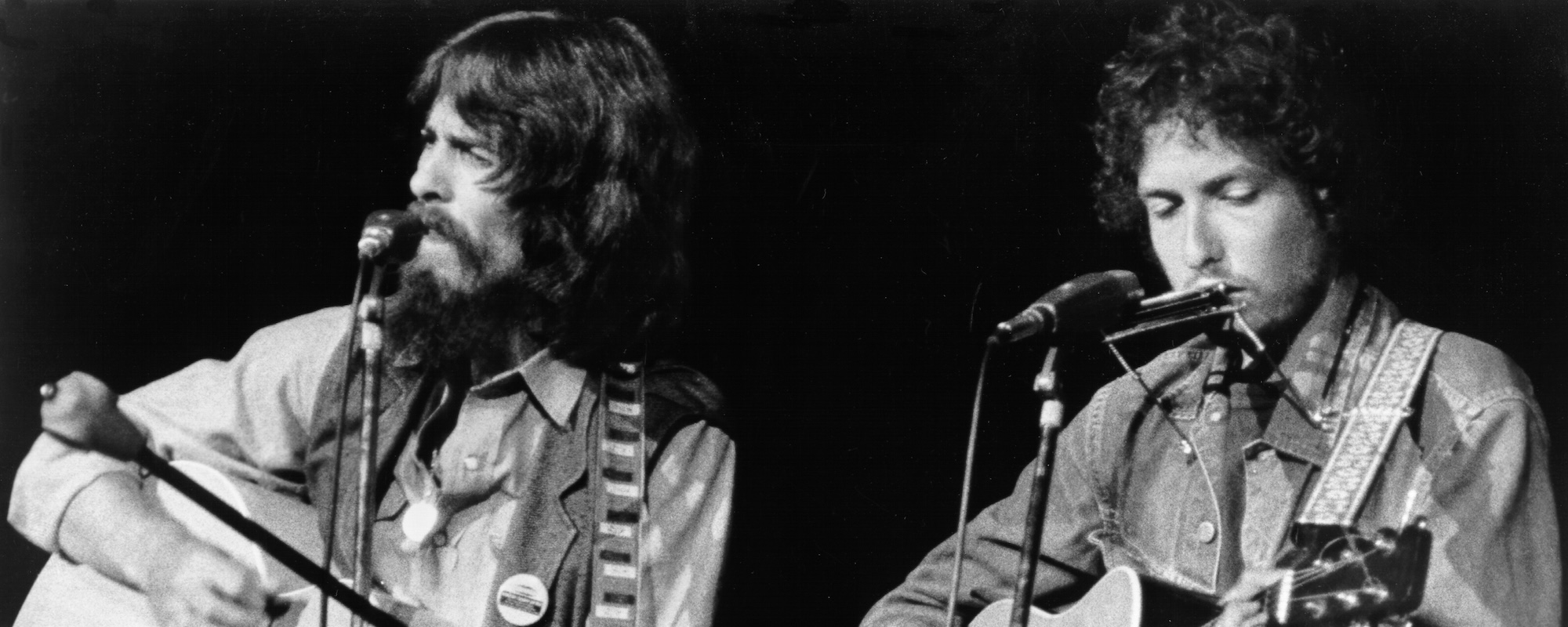


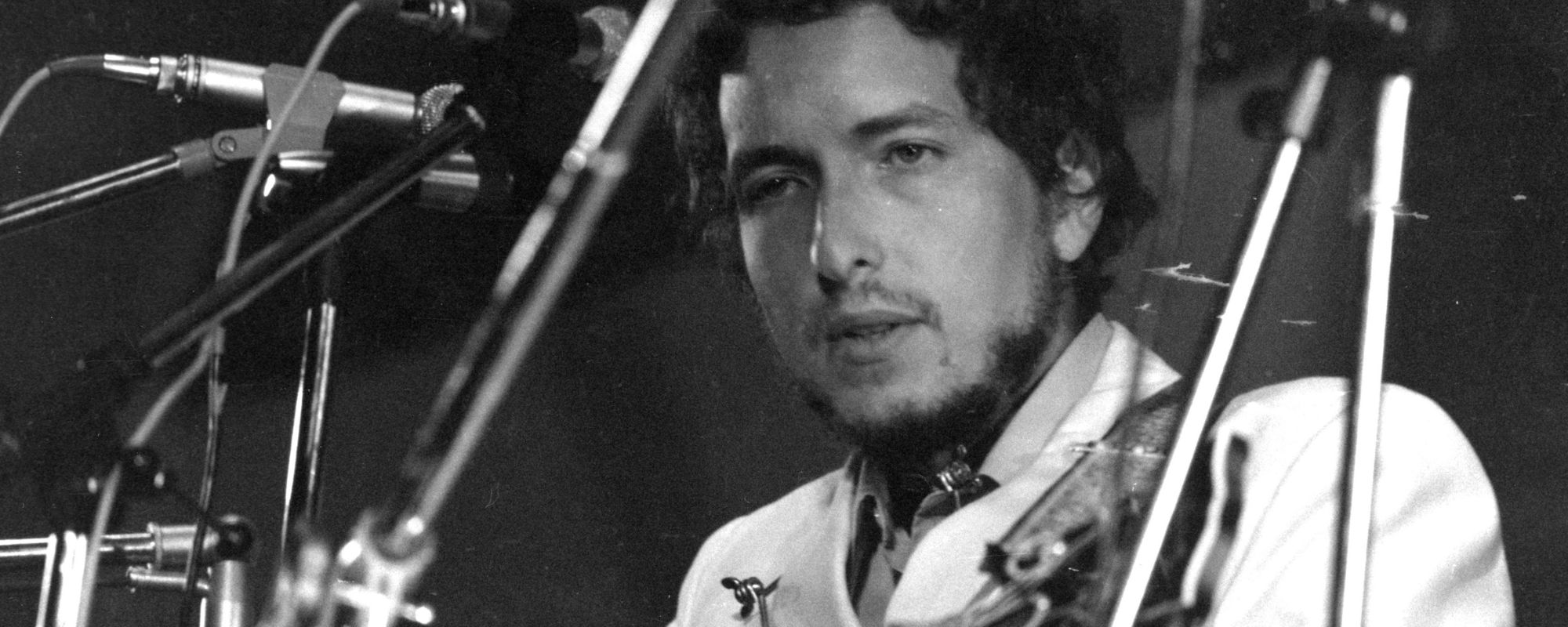

Leave a Reply
Only members can comment. Become a member. Already a member? Log in.